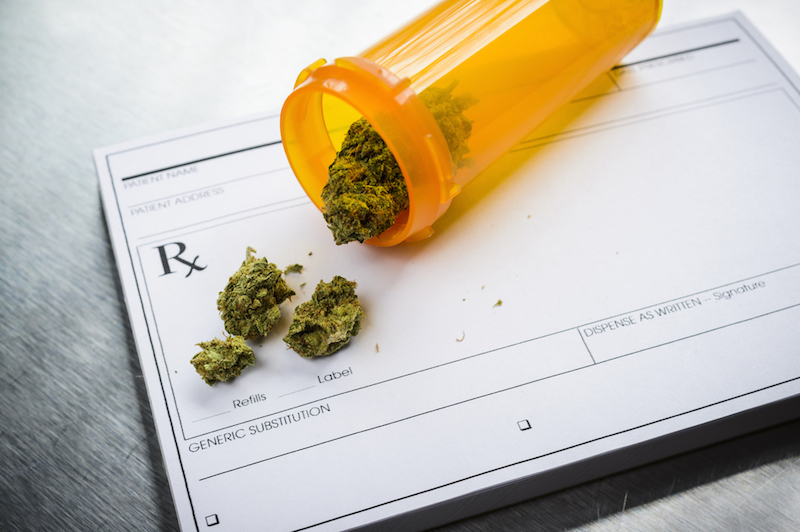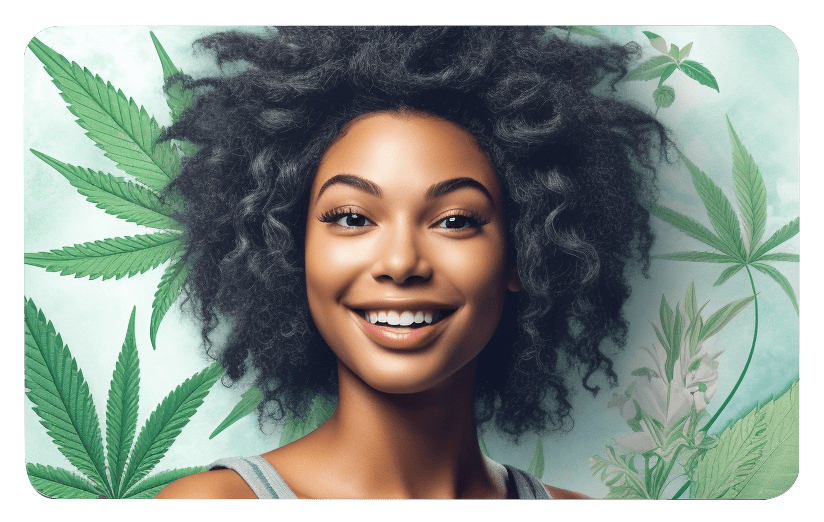
You may have recently started using marijuana for medical purposes. Now that you’re taking it, you’re curious whether it conflicts with other medications.
The doctor who gave you a marijuana prescription likely outlined which medications conflict with weed. Or, they may not have if you weren’t on any prescription meds at the time. Regardless, you should be aware of the side effects of using weed and certain prescription medications.
If there’s a prescription that could help your condition, first, you must contact your doctor. They can let you know whether it’ll help and which drugs can conflict, like weed.
For now, read through this brief overview of which medications you should avoid mixing with marijuana.
There’s a fine line between using marijuana with certain medications. So, you must have an understanding of the potentially harmful side effects!
Table of Contents
1. Drugs That Contain Buprenorphine
People who have an opioid addiction sometimes take buprenorphine. While it helps with addiction, one shouldn’t take it with weed.
If you’re on buprenorphine and taking marijuana, there’s a potential to overdose. A few symptoms that warrant a trip to the doctor include difficulty breathing and loss of motor functions.
Taking marijuana on its own can improve your pain. So, if you or someone you know has an opioid addiction, wait until you’ve recovered. Then, ask your doctor whether using marijuana is okay to help you deal with the pain.
2. Azole Antifungals with Ketoconazole
Doctors sometimes put people who have fungal infections on a drug called azole antifungal. It contains ketoconazole, which, combined with marijuana, can have serious side effects.
It turns out when both get combined; the marijuana high is much stronger. When you’re too high, it can be dangerous when too much THC is in your system.
In worse-case scenarios, people overdose and have to go to the hospital. So, think twice before using this medication and taking weed.
3. SSRIs
If you’re taking an SSRI for anxiety and depression, you should use caution when using marijuana. Researchers are still studying the effects of combining the two. And in some cases, taking both is acceptable (but always ask your doctor!).
People who have bipolar disorder run the risk of having their depression worsen while taking weed. But again, scientists are researching the matter.
If you or someone you know is worried about any interactions, here’s what to look out for:

- Having trouble sleeping
- Anxiety and feeling agitated
- GI (gastrointestinal intestinal) issues
- Mood swings
- Increased paranoia
- Rapid heart rate
- Frequent headaches
4. Anti-Sleep Medication with Sodium Oxybate
If you or someone you know has narcolepsy, they may be taking sodium oxybate. You should know that when you take it with weed, it can affect the central nervous system. As a result, you may feel dizzy and disoriented, which is a bad sign that your body is overreacting.
Concerning symptoms to look out for include:
- Depression
- Feeling lightheaded
- Difficult breathing and thinking
- Impaired motor function and judgment
In the most severe cases, people can fall into a coma. So, be mindful of combining this medication with marijuana.
5. Anti-Anxiety Medications
Anti-anxiety medication already makes you feel groggy. So imagine how out of it you can become when taking it with weed!
A few anti-anxiety medications you may be familiar with are Xanax and Ativan. While they aid in easing anxiety, it’s not the best to mix it with marijuana.
Other side effects may include constipation. So again, if you’re on anti-anxiety medication, ask your doctor whether it’s safe to take with weed.
Conclusion
Taking medical marijuana offers a host of benefits. But still, one must be careful when mixing it with prescription medication.
When in doubt, ask your pharmacist or doctor if you’re concerned about any interactions. It would help if you never mixed weed with a medication you’re unsure about taking at the same time. Doing so could result in harmful side effects.
Keep you and others safe by staying well educated and know what is and isn’t safe and effective.






